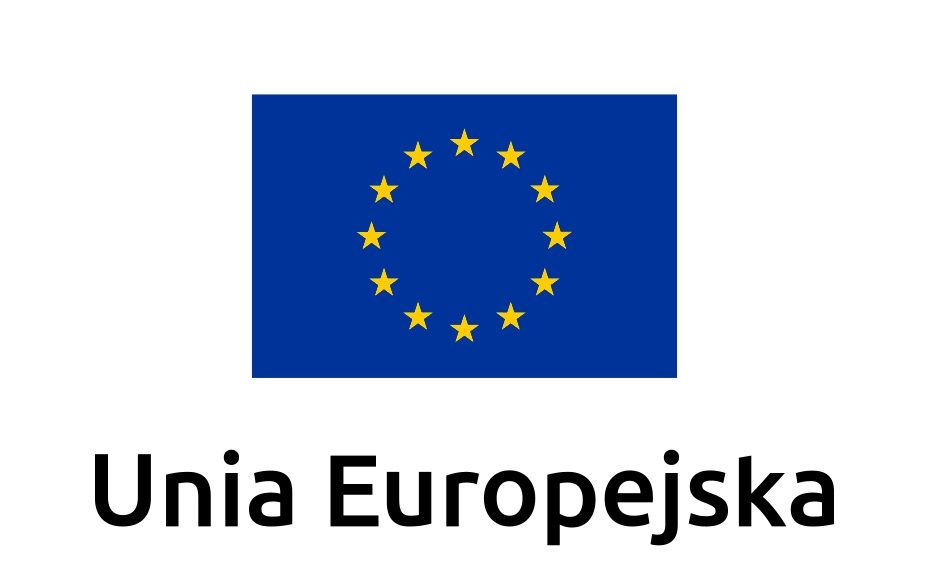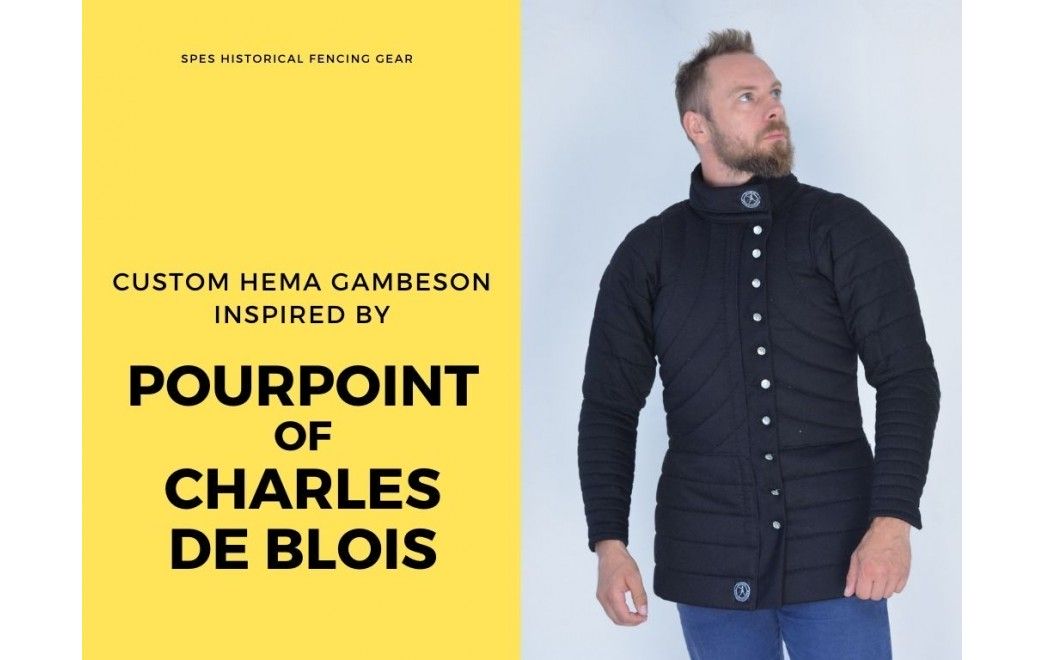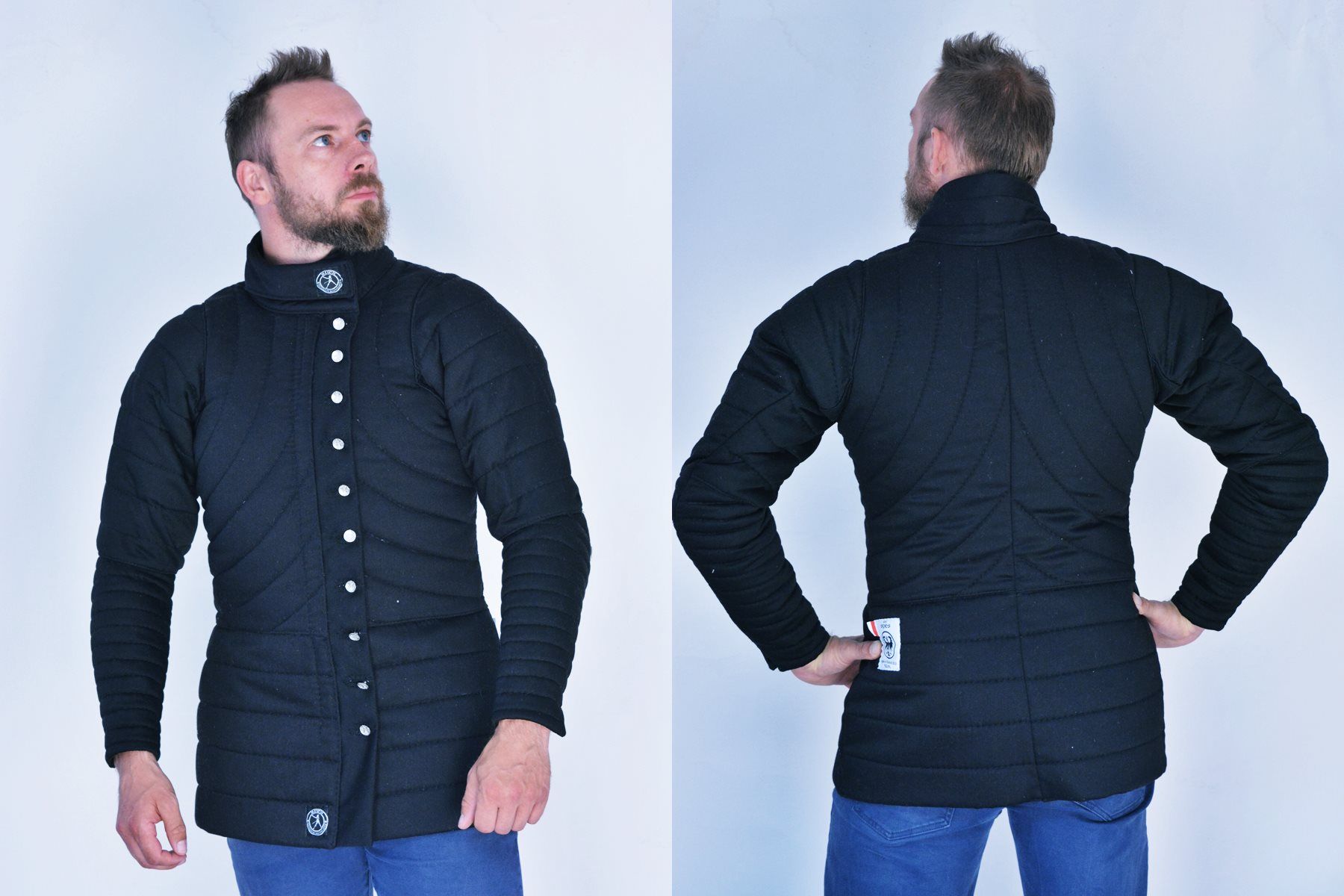Custom HEMA gambeson inspired by pourpoint of Charles de Blois
Custom HEMA gambeson inspired by pourpoint of Charles de Blois
Here’s the second post from our series on custom orders – unique, interesting projects which are not available in our regular offer. Don’t forget to check the previous post. This time we found an inspiration in the historical clothing of Charles de Blois. Our aim was to make it the base of our next HEMA gambeson.
Unique pourpoint of Charles de Blois
A few words on the gambeson itself. Dated at the 2nd half of 14th century, pourpoint of Charles de Blois is an example of a late medieval gambeson which probably was designed to provide a proper amortization and protect against bruises from armor. As one of the few original gambesons, it is preserved till this day and kept in Musee Historique des Tissus in Lyon.
Born in 1319, Charles de Blois was the Prince of Bretannia. One of the main contenders of the war of Breton succession. He died in 1364 at the battle of Auray. Well known of his godliness, he was later beatified.

Source: http://www.elizabethancostume.net/
The historical model is made of woven silk with geometrical patterns and octagonal motifs of lion and eagle. A characteristic feature of de Blois pourpoint is rather unusual, special design of sleeves and torso. What makes it unique? Clothing is tight on hips to avoid relocating weight of armor or hose on shoulders. Sleeves stitched with grandes assiettes method are an element often visible in many forms of clothing from the 14th and 15th century. Another unique feature is joining two parts around the elbow section.
This solution provides a high level of mobility together with proper fitting to the body, giving the sleeves a naturally looking flexion. Upper section of the sleeve is lengthened, covering part of the chest, armpit, and clavicle. Sleeves and front of de Blois pourpoint are closed with wooden buttons covered with fabric – over the waist in a round shape, below – flat.

Base for our HEMA gambeson
Due to limitations of this project – like functional features, matching HEMA safety requirements, and limited budget – we have decided to base the construction and cut of our HEMA gambeson on Tournament gambeson mark I from the assortment of befriended SPES Medieval Market. It is dedicated to knight fighting, historical reenactment and HMB.
Why such a decision? Both designs – de Blois and Mark I – have common features, like the cut of the bottom part of the sleeves (mentioned elbow flexion), which makes the gambesons similar in look. Now, what makes this model different from de Blois pourpoint? In its construction, the cut of the upper part of sleeves and direction of the cut-off of the elements on the back is different. Sleeves do not have such a deep stitching in the torso and chest, while the back is divided vertically, not horizontally. Also, they differ in the number and look of buttons, and shape of stitchings.
At this moment some of you who know the medieval SPES may want to ask: OK, but why didn’t you use a different product as the basis, which nota bene is named pourpoint de Blois? Sure, this would be a natural decision, but instructions on the cut and thickness of gambeson, features and layers, matched more to HMB. That’s why we have chosen Gambeson mark I, which we tried to resemble to historical de Blois pourpoint as much as possible, keeping in mind tournament requirements in this HEMA gambeson.
Adapting the gambeson to HEMA
What we have changed to make our HEMA gambeson more similar to de Blois pourpoint are stitchings on sleeves and torso. Our base in this project, just like historical example, gives the wearer a high comfort of use and mobility. Due to safety reasons, we gave up sleeve buttons. However, we kept the buttons in front of the gambeson. These work as a closure, but also hide a zipper ensuring a better protection and making the clothing faster in putting on/off.

Another reference point for this project were elements being a canon of HEMA equipment: a collar with bladecatcher from AP jacket and a double closure, similar to Officer model (a zipper + tin buttons). Compared to FG, this model is a little longer, with extra layers and protective areas. What is more, to provide a better protection for the wearer, we have used a 350N fabric in this custom HEMA gambeson.
On the basis of these premises, we have created HEMA gambeson which refers to the relic with its stitchings, but with features referring to well-known, trusty solutions used in HEMA.
Pros and cons of this solution in HEMA
So, as we already set our goal and construction, let’s think about pros and cons of this solution in HEMA gambeson.
Pros
- fans of early medieval period treatises, HEMA gambeson based on former design will help in understanding the abilities and limits imposed on a fighter by medieval clothing
- historical model with an option of mounting an armor to the gambeson enables preparing a set not only for blossfechten, but also for harnishfechten
- people interested not only in HEMA, but also in activities like historical reenactment, LARP, cosplay etc., can use such gear in their costumes and possibly save some money
- modifications in form of a bladecatcher, double closure, and 350N fabric, increase the level of protection during trainings and HEMA tournaments
- custom model on special order is one-of-a-kind, so it expresses the individual style of the wearer
Cons
- details in such clothing are recreated less precisely than in products for historical reenactment, so we cannot call it a copy; for example, this model has fabrics with an admixture of synthetic fibres – instead of linen or silk it’s cotton and polyester
- every project of this type runs the risk of failure, as it’s a kind of experiment – you don’t know the final result unless you try it
- design in its basis requires some simplifications and compromises, considering the specificity and safety issues of HEMA tournaments
One project is just the beginning
As designers and passionates of history, we treat each of these special orders as an interesting distraction from the regular production, giving us a chance of testing some theoretical assumptions and checking in practice the right of such solutions. What is more, these orders raise our level of knowledge on protective gear and its construction. In this case, we have just barely touched the historical pourpoint of de Blois which often occurs in discussions on perfect mobility solutions in HEMA gear. We will surely come back to this model to copy its proportions and cut in a more compatible way. Let me know what your thoughts are on this specific project.




Zostaw odpowiedź Cofnij odpowiedź